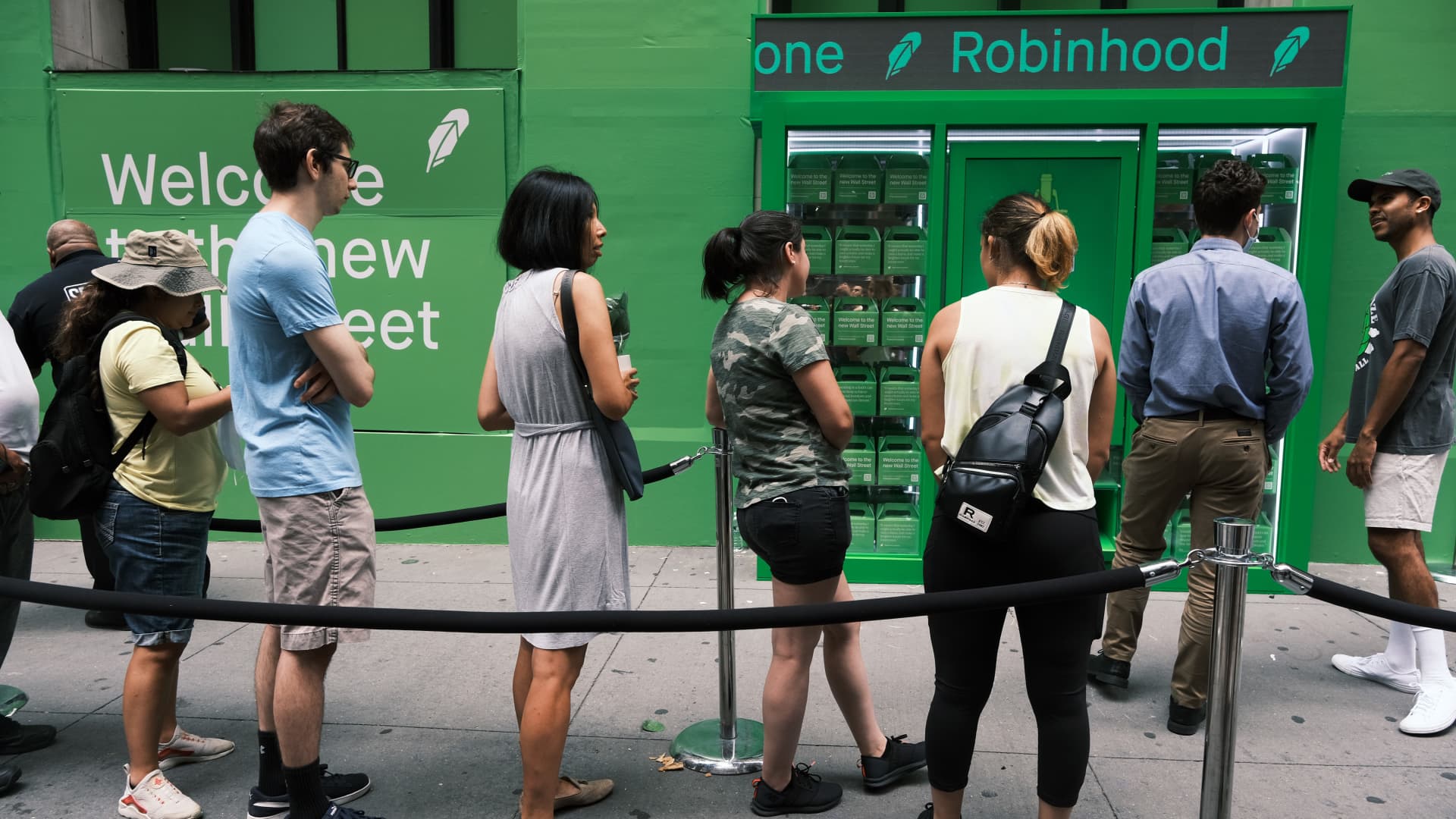High housing costs have pushed the CLL up. (iStock )
Housing prices have remained high for the last few years, largely due to fluctuating mortgage rates and lasting economic effects from the pandemic. In response, conforming loan limits (CLL), which determine how big of a loan borrowers are allowed to take out, are set to rise in 2025, the Federal Housing Finance Agency (FHFA) recently announced.
As home prices rise, the FHFA tends to raise the standard CLL. The new limit for 2025 is $806,500 for one-unit mortgages in most states. Borrowers looking to take out a larger loan have to opt for alternative mortgage options like jumbo loans or private loans.
The new limit represents a 5.21% increase from 2024. This increase is on the back of the FHFA House Price Index release, which showed that average U.S. home values increased by the same amount this year.
In areas where 115% of the local median home value exceeds the baseline CLL value, the loan limit will be higher than the baseline.
In places where homes cost 115% more than the usual local price, you can borrow more money than the standard CLL set for most states. The loan limits for one-unit properties in these areas will be $1,209,750 in 2025. Alaska, Hawaii, Guam and the U.S. Virgin Islands all have the higher baseline loan limit for one-unit properties.
If you think you’re ready to shop around for a home loan, consider using Credible to help you easily compare interest rates from multiple lenders in minutes.
INFLATION SEES THE LOWEST ANNUAL RISE SINCE 2021
Mortgage rates had a bumpy year, predictions show a similar 2025
Mortgage rates have been active throughout the year, dropping and surging throughout the last few months. Homebuyers aren’t likely to see much of a difference in 2025.
Zillow predicts slower home value growth, at 2.6%. This change is comparable to this year’s growth. The real-estate giant also predicts easing mortgage rates in the new year but is cautiously optimistic given the fluctuations in 2024 rates.
Although rates are likely to fluctuate throughout the year, it’s not all bad news for the housing market. Buyers may finally gain the upper hand, with more listings likely to hit the market as sellers stop waiting out high mortgage rates.
“Buying a home in 2024 was surprisingly competitive given how high the affordability hurdle became. More inventory should shake loose in 2025, giving buyers a bit more room to breathe,” Zillow Chief Economist Skylar Olsen said.
Affordability will remain a persistent challenge in 2025, but with more homes on the market, buyers will have more leverage during negotiations.
Consumers who want to see what kind of loan term and rates would work for them can take advantage of Credible’s free online tools.
THE FED JUST CUT INTEREST RATES AGAIN, THIS TIME BY A QUARTER OF A PERCENTAGE POINT
The privatization of Fannie Mae, Freddie Mac may result in higher mortgage payments
The mortgage industry may see a significant change during President-elect Donald Trump’s administration. During the last term, Trump attempted to privatize Fannie Mae and Freddie Mac but was unable to do so. This time around, the administration is optimistic that it can finish the task.
It’s difficult to fully predict what the privatization of these two companies – who back about 70% of all U.S. mortgages – would do, but economists have some guesses. Allies of the president-elect have cited stakeholder benefits as a major reason for going private.
Borrowers, however, would likely see a significant shift in their yearly mortgage costs. Economist Mark Zandi estimates an added $1,800 to $2,800 annually to mortgage costs if this privatization goes through.
The additional costs would come from the disruption of the typical system Fannie Mae and Freddie Mac are used to. Rather than issuing loans directly, the two agencies currently purchase loans from lenders and combine them with securities sold to investors.
Should these companies go private, this system would change. Investors may see mortgages as higher-risk investments since they would no longer be backed by the government, ultimately leading to higher borrowing costs for buyers.
If you’re trying to find the right mortgage rate, consider using Credible. You can use Credible’s free online tool to easily compare multiple lenders and check your rates in just a few minutes.
SUPREME COURT BLOCKS PRESIDENT BIDEN’S SAVE PLAN AGAIN
Have a finance-related question, but don’t know who to ask? Email The Credible Money Expert at [email protected] and your question might be answered by Credible in our Money Expert column.

 Blog Post1 week ago
Blog Post1 week ago
 Economics1 week ago
Economics1 week ago
 Finance1 week ago
Finance1 week ago
 Accounting1 week ago
Accounting1 week ago
 Personal Finance7 days ago
Personal Finance7 days ago
 Personal Finance1 week ago
Personal Finance1 week ago
 Personal Finance1 week ago
Personal Finance1 week ago
 Finance1 week ago
Finance1 week ago











